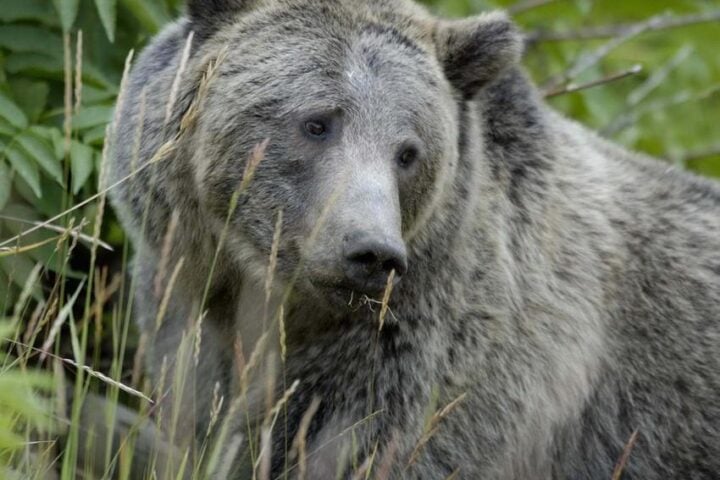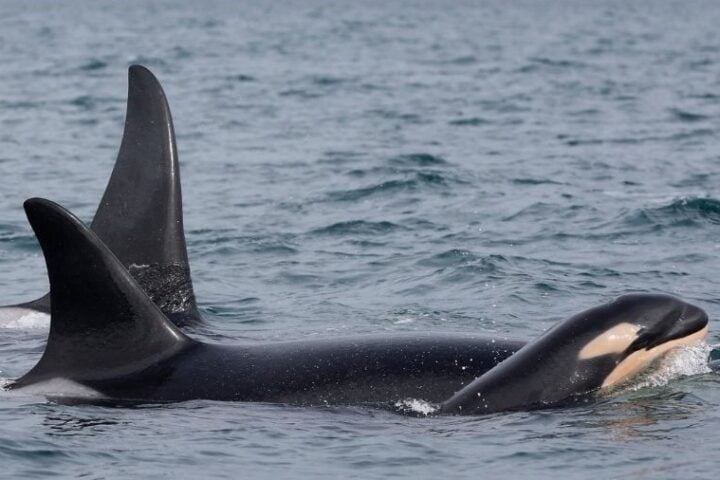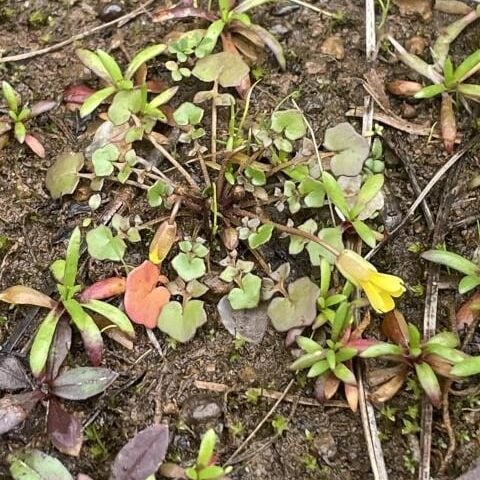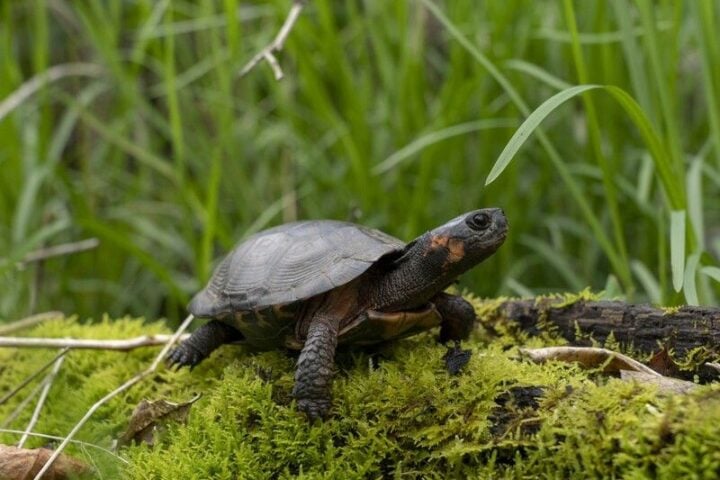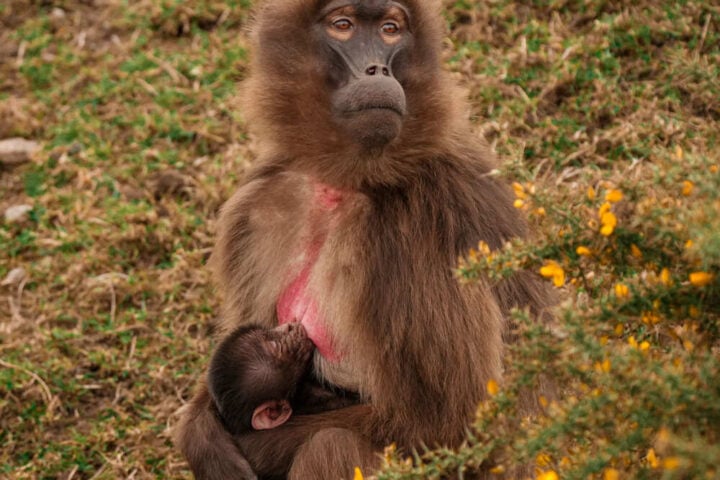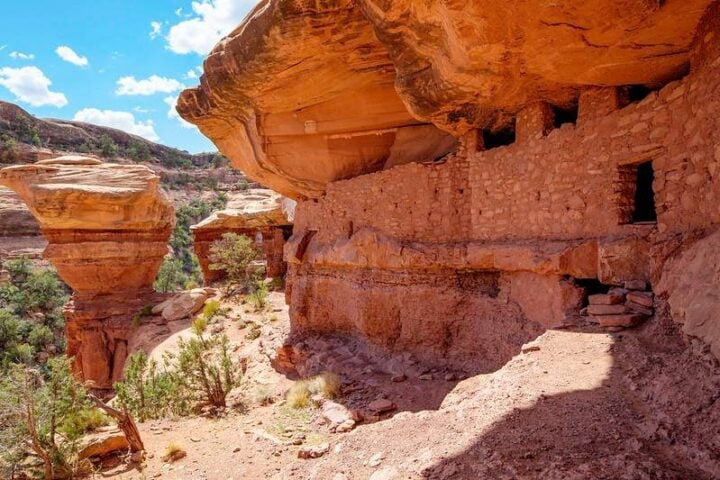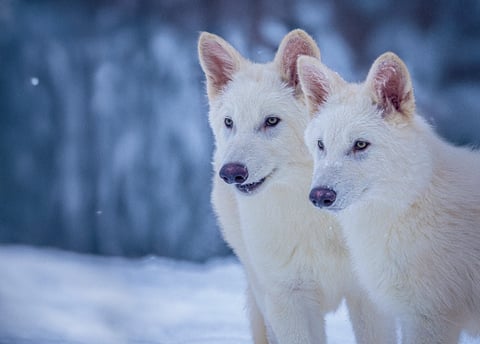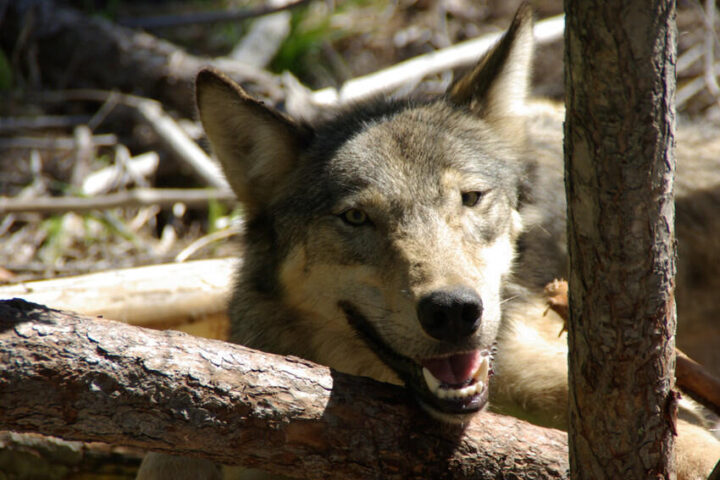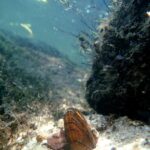A new baby monkey at Drusillas Park in East Sussex brings fresh hope for one of the world’s rarest primates. The Sulawesi crested macaque infant arrived on January 11, 2025. These monkeys have nearly vanished from the wild, with their numbers dropping by 80% over the last 40 years.
The zoo’s head keeper, Gemma Romanis, confirms the baby appears to be female. “We’re 95% sure it’s a girl,” she says. “The baby is doing very well, and we’re proud to help keep this beautiful primate from extinction.”
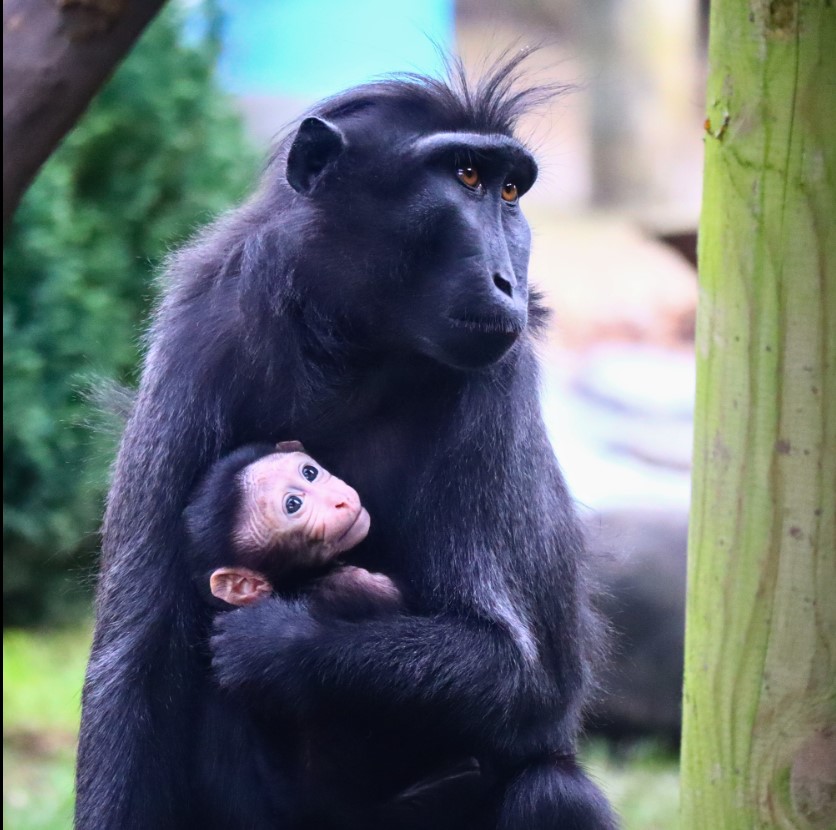
The birth story comes with an unexpected twist. The baby’s mother, Ahsoka, arrived from Chester Zoo. She didn’t warm up to the father, Moteck, right away. Another female macaque, Lintang, added to the challenge by competing for Moteck’s attention. The zoo staff waited patiently, and their patience paid off.
These Indonesian monkeys stand out in any crowd. Their jet black hair, bright amber eyes, and pink bottoms make them easy to spot. But their striking looks haven’t protected them from serious threats back home.
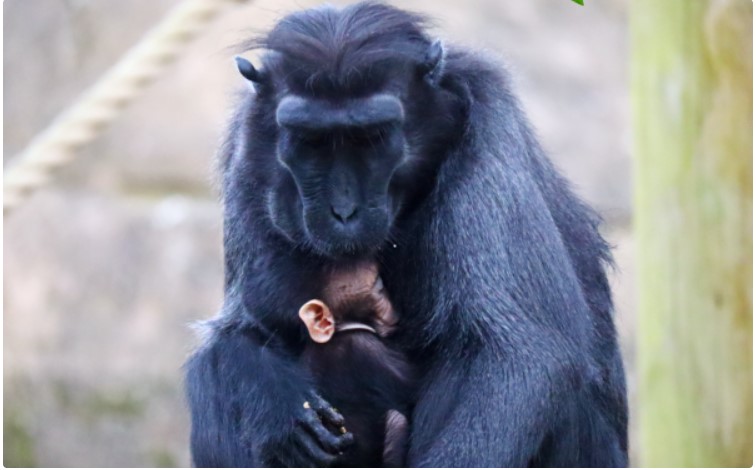
The zoo’s work goes beyond just caring for their own monkeys. Through their charity, Drusillas Conservation in Action, they help protect wild macaques in Indonesia. They work with a local group called Selamatkan Yaki and pay for a full-time protection officer.
Similar Posts
This officer, Ramenpudi Seba (known as Ara), walks the forests of Indonesia to keep the monkeys safe. “I want to help when humans and monkeys meet,” Ara explains. “Many people don’t like having monkeys nearby. My job is to make sure the monkeys don’t get hurt.”
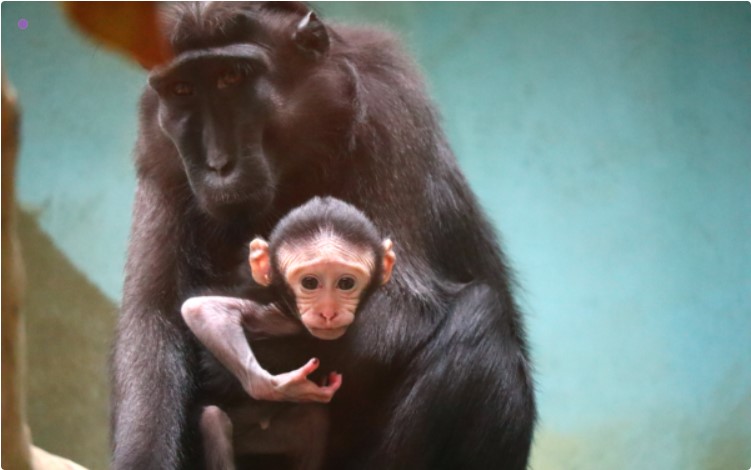
The threats these monkeys face are very real. Hunters target them for meat, which some people in Indonesia consider special food for celebrations. Their forest habitats continue to shrink.
The new baby joins many other rare animals at Drusillas Park. The zoo wants the public to help name her. They’ve picked four old-fashioned names to choose from – Elsie, Gertrude, Muriel, and Ethel. These names come from 1925, when the zoo first opened its doors.

This birth means more than just one more monkey. The baby’s father, Moteck, carries rare genes that could help keep future generations of zoo macaques healthy. His genetic footprint is the most important in the European population.
The work to save these monkeys happens both in zoos and in the wild. While zoos like Drusillas help breed more macaques, people like Ara protect them in their forest homes. Each baby born brings new hope, but these monkeys still face a tough road ahead. Their future depends on both careful breeding in zoos and strong protection in the wild.
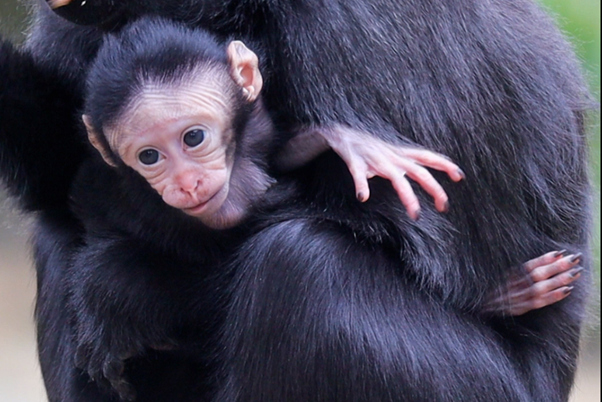
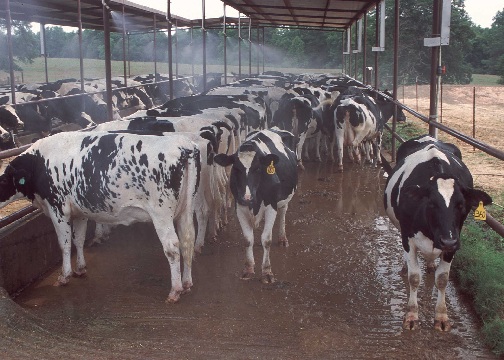
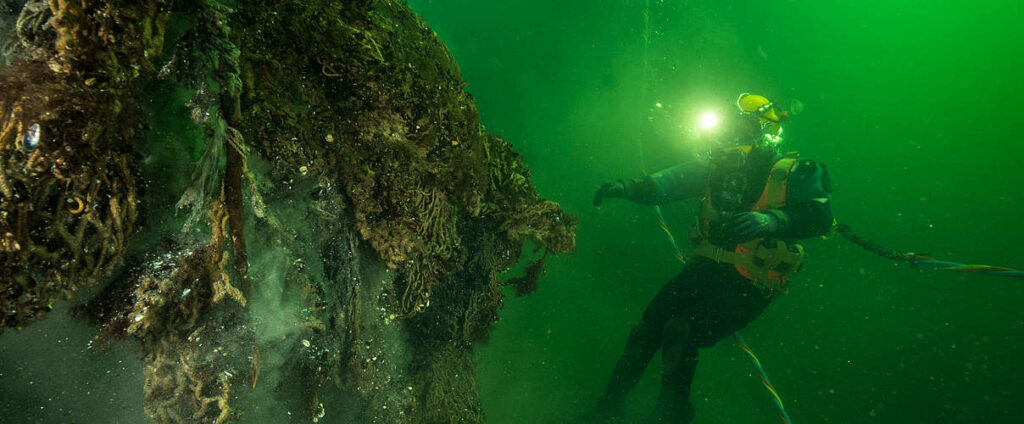
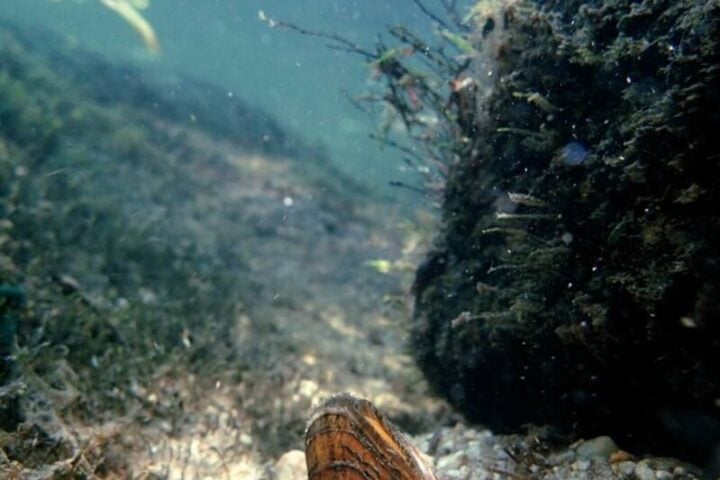
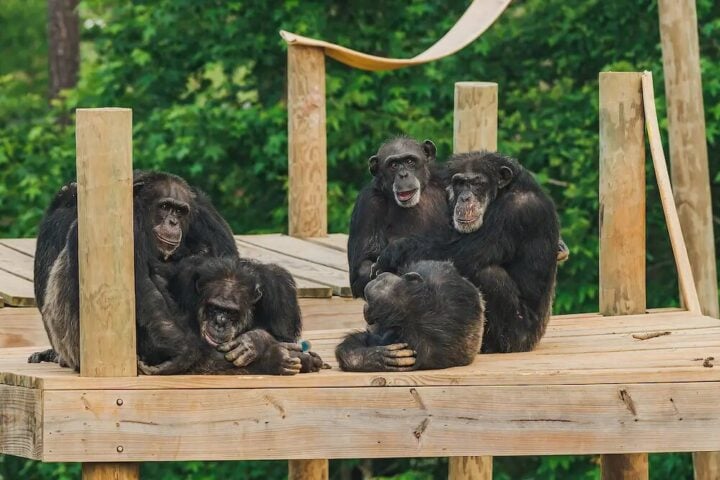
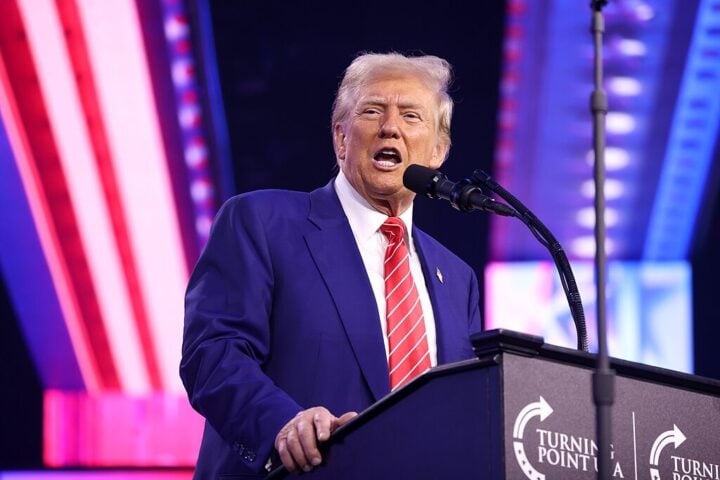
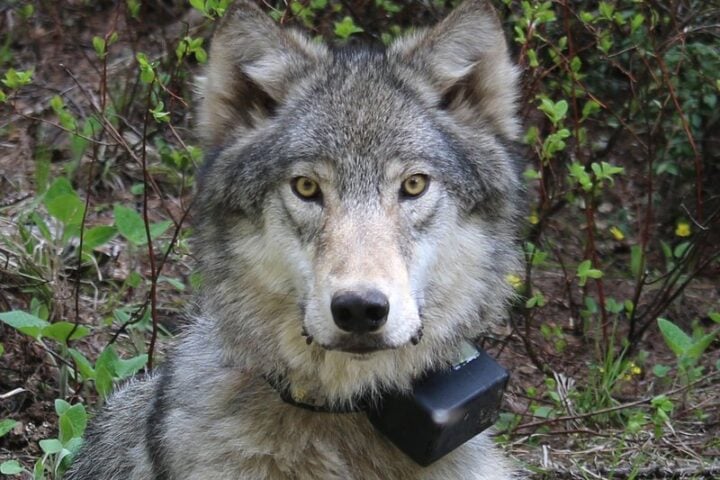
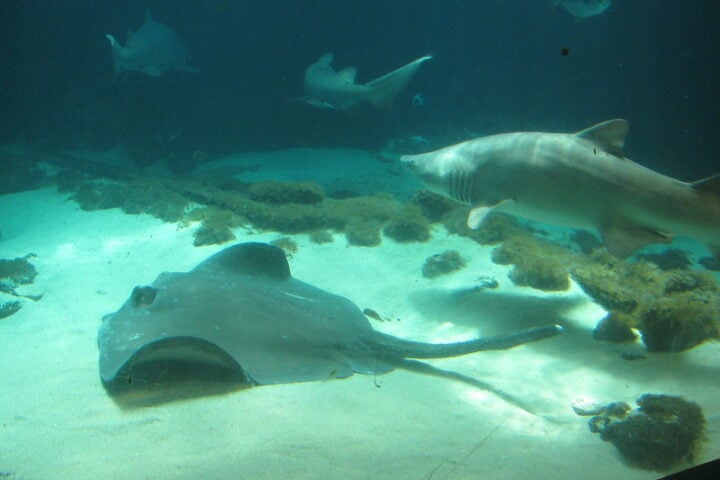
![Representative Image: European Starling [49/366]. Photo Source: Tim Sackton (CC BY-SA 2.0)](https://www.karmactive.com/wp-content/uploads/2025/04/Starlings-Drop-82-in-UK-Gardens-as-Birdwatch-2025-Reveals-Record-Low-Count-Since-1979-720x480.jpg)
